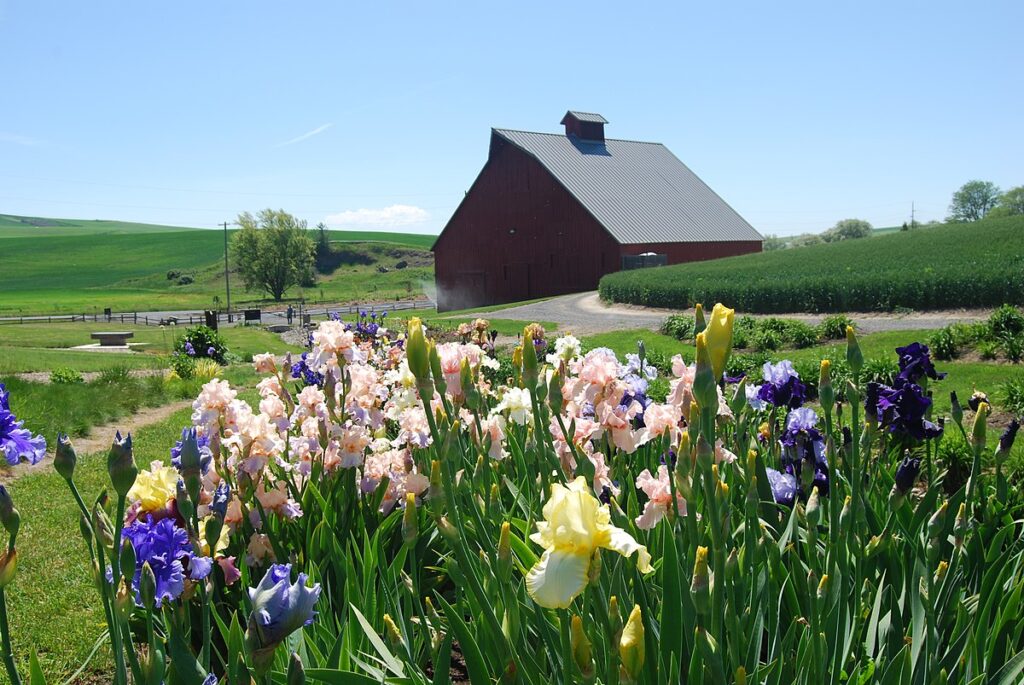
Moving to Moscow, Idaho: A Comprehensive Relocation Guide
Considering moving to Moscow, Idaho? This vibrant college city offers University of Idaho energy, progressive character, and Palouse beauty. With approximately 26,000 residents in 2025, Moscow combines college town atmosphere with rolling hills and North Idaho’s premier university community.
Demographic Profile to Consider If Moving to Moscow:
Moscow’s 2025 population is approximately 26,000 residents in this Latah County city dominated by the University of Idaho. The median age is around 24 years, reflecting the massive student population. The population is approximately 89% White, 5% Asian, 3% Hispanic. Moscow features the UI campus, historic downtown with local businesses, rolling Palouse hills surrounding the city, and progressive college-town character contrasting with conservative Idaho. The city attracts students, academics, university employees, and those seeking intellectual atmosphere with outdoor access. Moscow appeals to educated professionals, liberal-leaning residents, and those prioritizing college-town culture and progressive values. The community values education, environmental awareness, arts culture, and intellectual discourse. Find trusted local services for moving, living, and working in Moscow.Moscow Relocation Directory
Cost of Living to Consider If Moving to Moscow:
Moscow offers moderate housing costs for a college town. Median home values range from $360,000 to $480,000 in 2025, affordable for the amenities and college atmosphere while reflecting limited inventory. The median household income is approximately $48,000, reflecting the large student population. Rental properties average $1,100 to $1,700 monthly, with abundant student housing affecting the market. Idaho’s state income tax is flat 5.8%. Overall cost of living is reasonable for a college town with cultural amenities. Moscow attracts academics, university employees, students, and those seeking college-town affordability with intellectual atmosphere. Housing costs provide value compared to larger college towns while maintaining quality of life.
Economy and Job Market:
Moscow’s economy revolves entirely around the University of Idaho. UI is the dominant employer with faculty, staff, research, and operations. Gritman Medical Center provides healthcare employment. Downtown businesses, restaurants, and services support students and residents. Some residents commute to Pullman, Washington (8 miles) where Washington State University provides additional employment. The economy depends on the university with academic calendar affecting business. Typical industries include education, research, healthcare, and services. Career advancement is limited outside academia. The stable university presence provides economic foundation. Many residents accept lower income for college-town lifestyle and intellectual atmosphere.
Education:
Moscow School District serves city students with schools including Moscow High School. The University of Idaho is a major research university and flagship state school offering comprehensive programs and NCAA Division I athletics. The university dominates the community creating strong academic atmosphere and cultural programming. The concentration of higher education creates intellectual environment rare in Idaho.
Recreation and Lifestyle:
Moscow offers vibrant college-town culture with downtown featuring local coffee shops, breweries, restaurants, and the historic Kenworthy Performing Arts Centre. The Farmers Market is renowned across the region. Residents enjoy the rolling Palouse hills providing scenic beauty and recreation. Nearby Moscow Mountain offers hiking, mountain biking, and Nordic skiing. The Paradise Creek trail system provides paved paths. UI athletic events, performances, and cultural programming create entertainment. The Lionel Hampton Jazz Festival attracts international artists. The lifestyle emphasizes college atmosphere, intellectual discourse, local businesses, and outdoor activities. The progressive culture creates liberal enclave in conservative Idaho. The four-season climate enables varied recreation. The community values education, environmental stewardship, arts, and independent businesses. Living in Moscow means embracing college-town character (student population, academic calendar affecting town), accepting political isolation as progressive community in conservative state, and prioritizing intellectual atmosphere over career income. The vibrant local culture and natural beauty create exceptional quality of life.
Healthcare and Services:
Moscow residents access healthcare through Gritman Medical Center providing hospital care. Pullman Regional Hospital in nearby Washington offers additional services. The healthcare infrastructure serves the college community and region.
Transportation:
Moscow is accessed via U.S. Highway 95, State Highway 8, and connecting routes. Pullman-Moscow Regional Airport (8 miles away in Washington) provides limited commercial service. SMART Transit operates bus service connecting Moscow and Pullman. Most permanent residents use personal vehicles though students often bike or walk. Downtown offers excellent walkability. The location creates some isolation though Spokane is 90 minutes north.
Conclusion:
Moving to Moscow in 2025 offers vibrant college city living with University of Idaho energy, progressive character, and Palouse beauty. The city’s combination of intellectual atmosphere, local culture, and rolling hills makes it ideal for academics, progressive-minded residents, and students seeking North Idaho’s premier university community where Vandal pride meets independent spirit and college energy defines life in Idaho’s most progressive and intellectually vibrant city.

